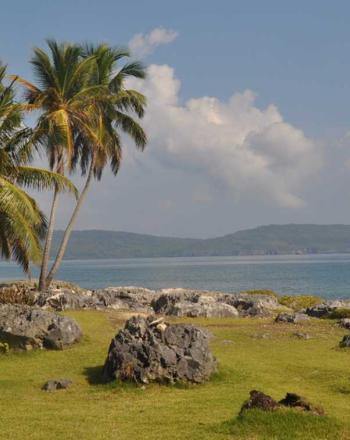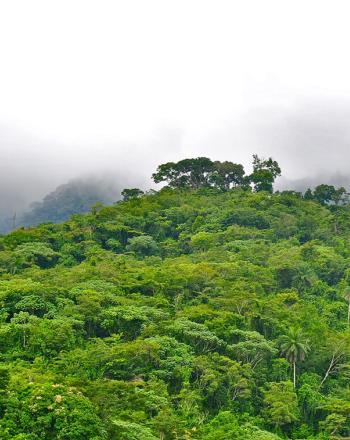Main menu
CEPF is a joint initiative of l’Agence Française de Développement, Conservation International, the European Union, Fondation Hans Wilsdorf, the Global Environment Facility, the Government of Japan and the World Bank.
Visitez le site français コア情報の日本語翻訳を読むOr use Google Translate to translate the English site to your language:
GTranslate
National Herbarium of São Tomé: Establishing a Reference for the Study and Conservation of Plants of São Tomé and Principe
Grantee Name:
Universidade de Coimbra
HOTSPOT
Guinean Forests of West Africa
LOCATION
AMOUNT
US$41,474
DATES
Sep 2017
Jun 2019
Stats
Project Overview Overview
CEPF Strategic Direction Strategy
HOTSPOT
Guinean Forests of West Africa
LOCATION
AMOUNT
US$41,474
DATES
Sep 2017
Jun 2019
This project aims to support the structure and technical capacities of the National Herbarium in São Tomé, and ultimately to safeguard the unique and still poorlly assessed botanical knowledge of the Island. Activities include the capacitation of local human resources in herbarium techniques and identification at the University of Coimbra, and the granting of specific equipment to the ST Herbarium to follow up with cataloging activities. Botanical collecting missions for the herbarium are to be conducted with experts from UC in the three Key Biodiversity Areas of São Tomé Island, gathering data to fill gaps for poorly assessed plants. Mentoring is to be provided for the duration and beyond the extent of the project. It also aims to involve and the local users (traditional healers, field guides), and to promote botanical knowledge and biodiversity awareness. Expected outcomes of the proposed requalification of the National Herbarium of São Tomé and Príncipe, include (1) To document and conserve the flora diversity of São Tomé and Príncipe, constituting itself as a reference collection for future projects; (2) Fill gaps in the taxonomy of the flora of the archipelago, as well as their distribution, ecology and uses; (3) Support management measures and design strategies for the conservation of endangered habitats and species, (4) Act as a center of science education and communication.
Strategic Direction: 3 Safeguard priority globally threatened species by identifying and addressing major threats and information gaps
Project Resources:








